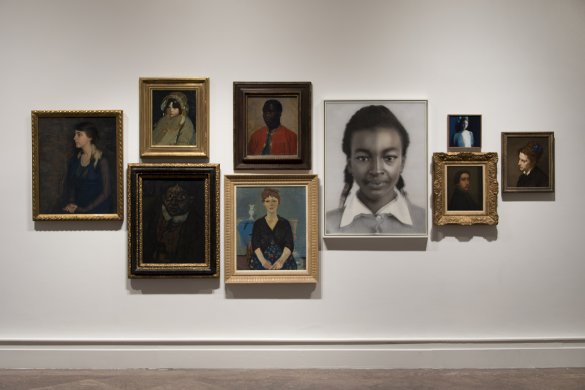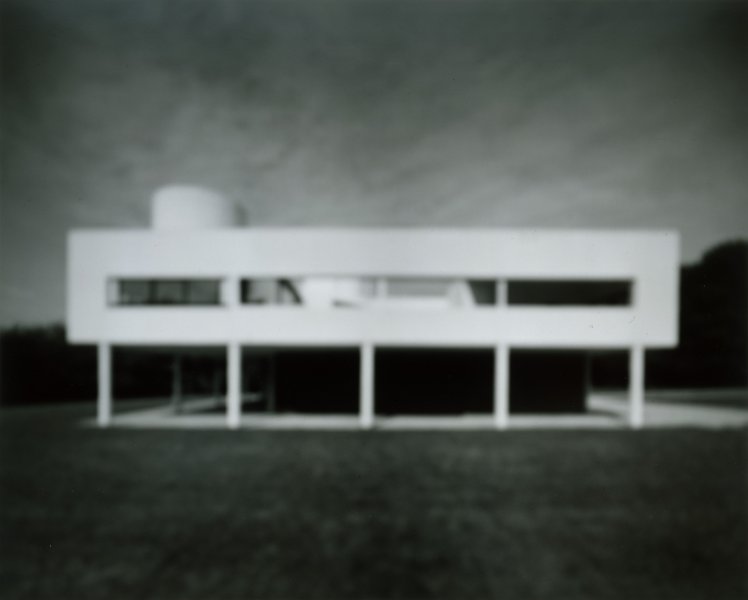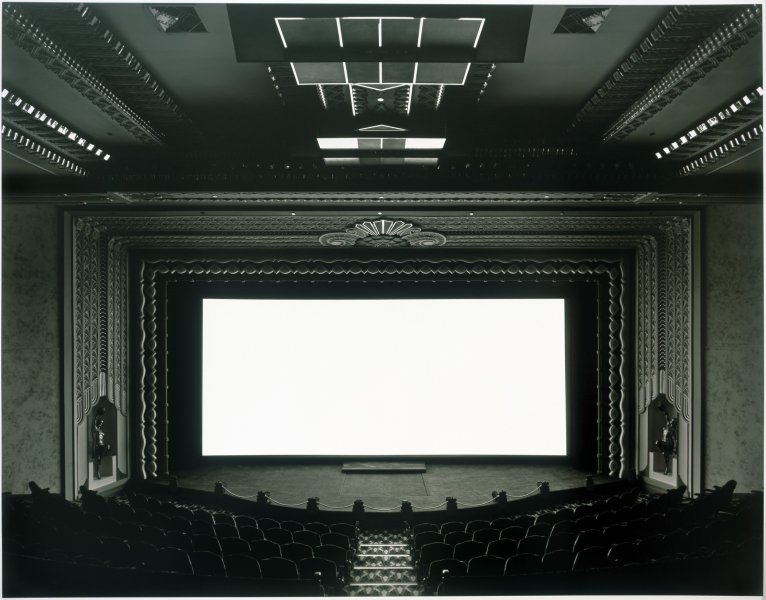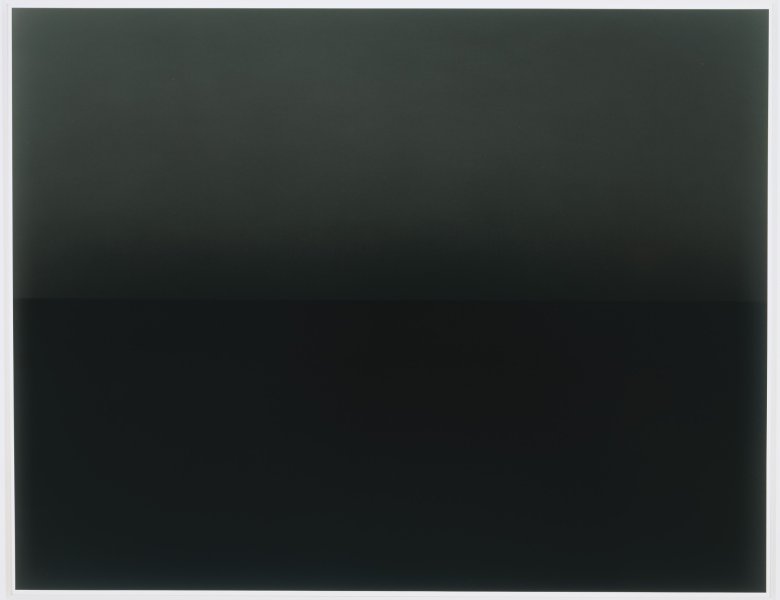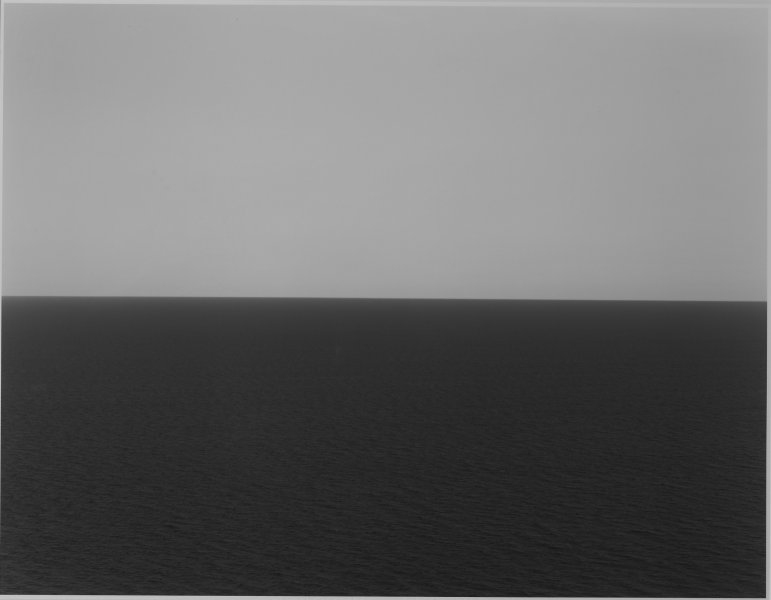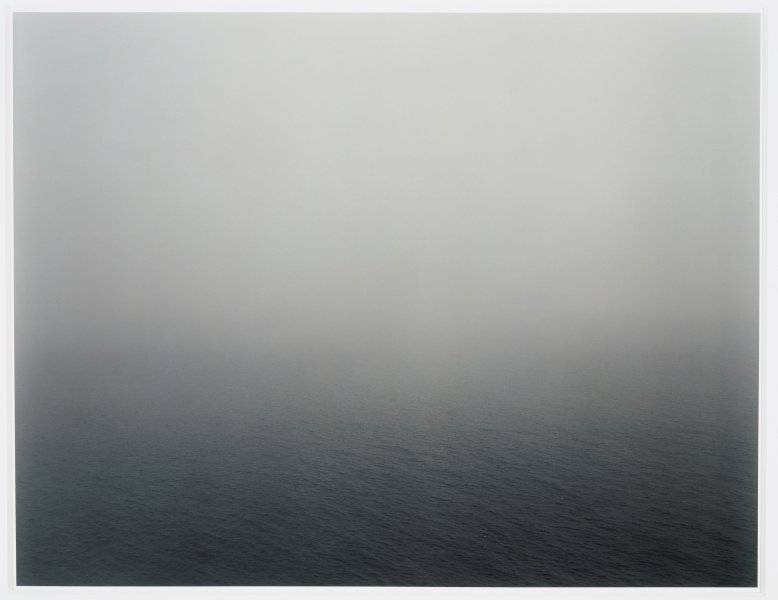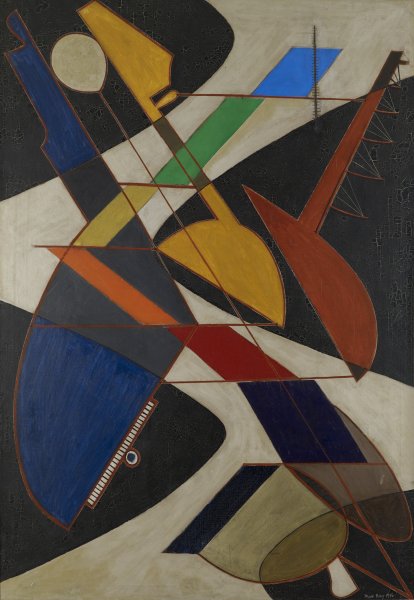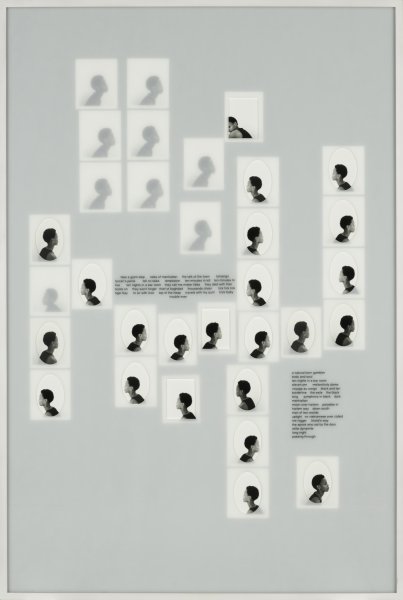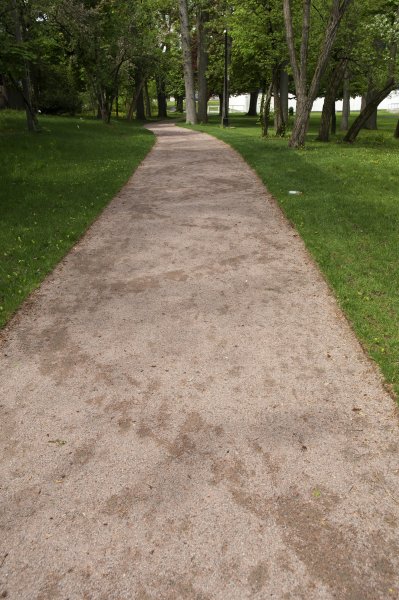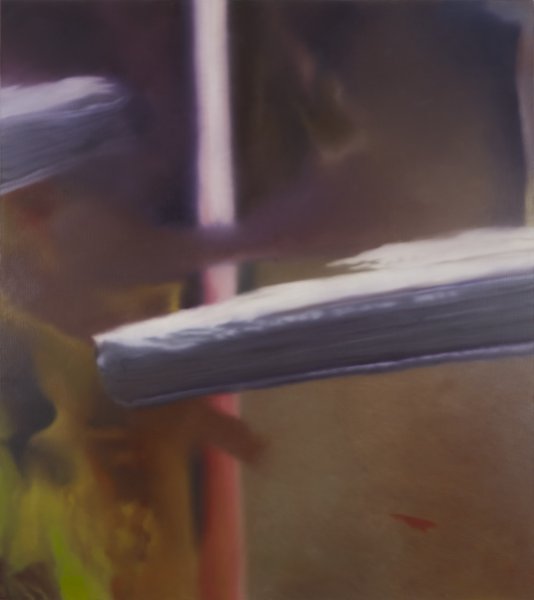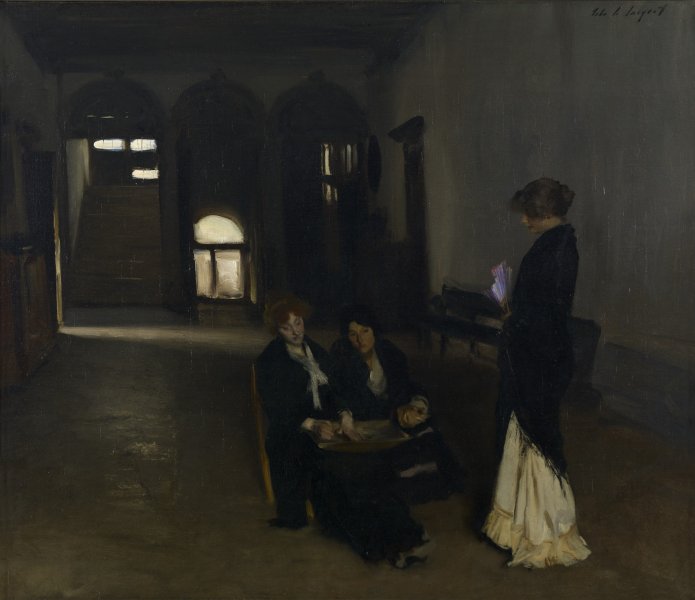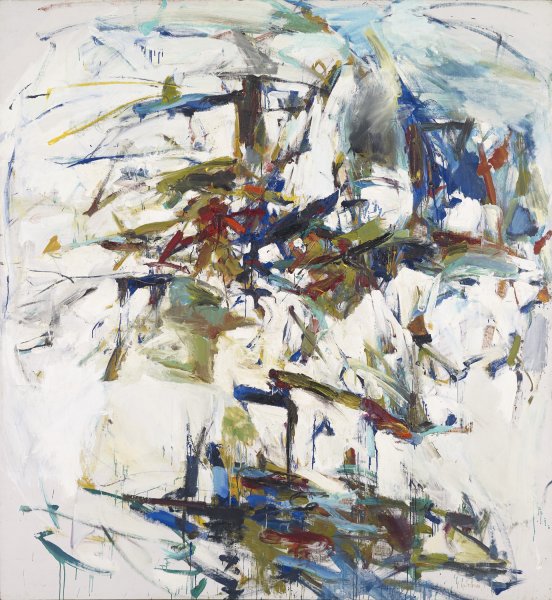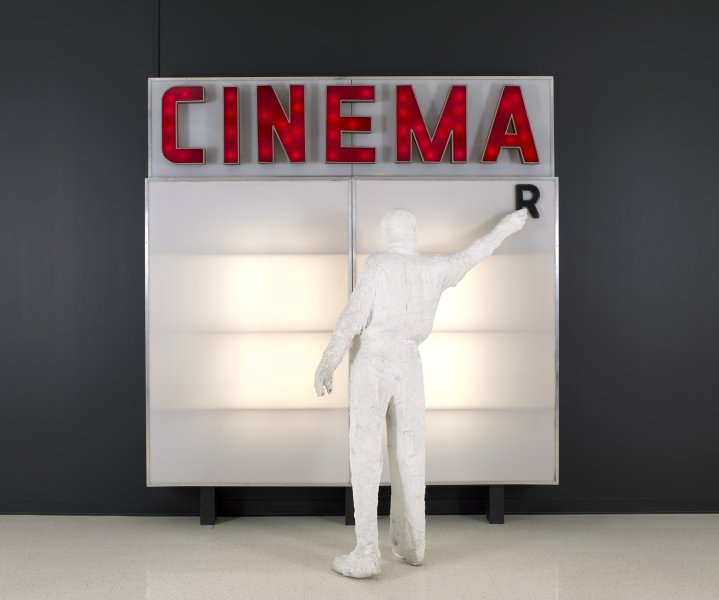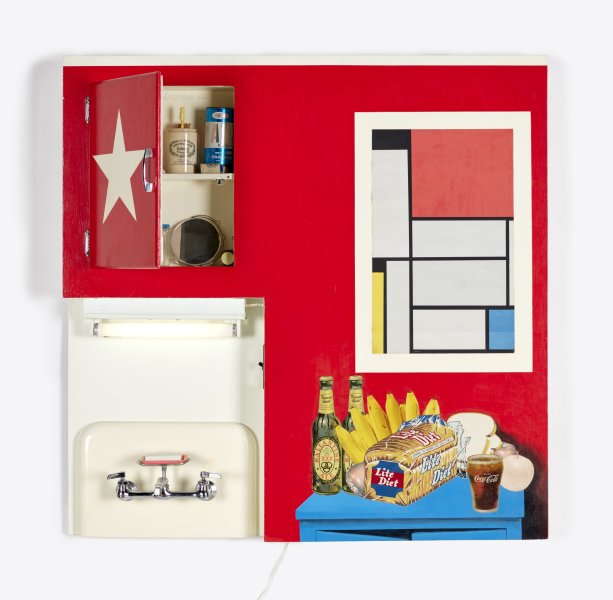Hiroshi Sugimoto
Japanese, active in United States, born 1948
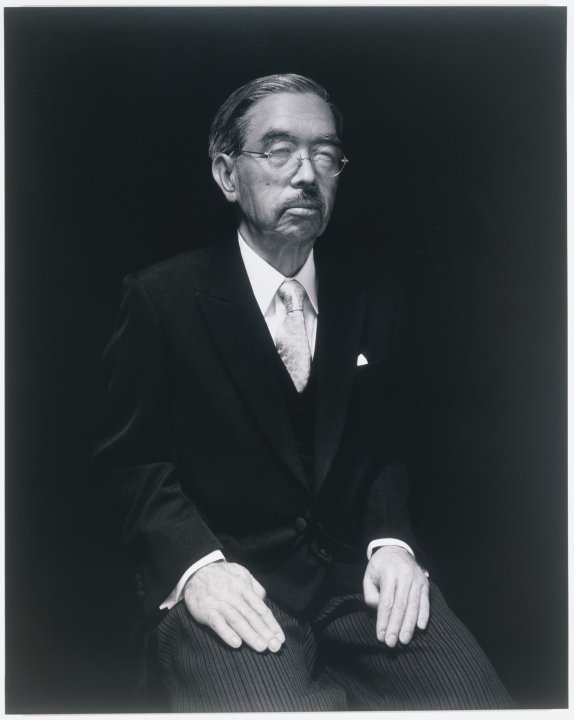
Emperor Hirohito, 1999
Artwork Details
Materials
gelatin silver print
Edition:
2/5
Measurements
image area: 58 3/4 x 47 inches (149.23 x 119.38 cm); framed or sheet: 71 3/4 x 60 inches (182.25 x 152.4 cm)
Collection Buffalo AKG Art Museum
Credit
Sarah Norton Goodyear Fund, 2001
Accession ID
P2001:6
Perception is one of the most prominent themes in Hiroshi Sugimoto's artwork, which frequently pictures subjects such as wax figurines, building interiors, and seascapes. In his images, however, these motifs play a role secondary to the concept behind the work. Sugimoto's compositions are often deceptive, as he seeks to challenge the notion of the photographic medium’s honesty. In his series of portraits of wax figures, the artist emphasizes the ways in which artifice can appear real. He bases each composition on iconic paintings or existing photographs of the individual that are already part of the cultural canon. This results in a collapsing of time, indicating the malleability of perception. In Emperor Hirohito, the viewer's recognition and memory are activated by this image of Japan's emperor during World War II—a notoriously controversial historical figure. Yet, Sugimoto hints at the inanimate nature of his subject by emphasizing the oversized hands (a traditional feature of wax figures) and its artificial shiny "skin." Additionally, the artist photographed the effigy like the portrait of a live model, under direct light on a black backdrop, allowing it to dominate the life-size frame.
